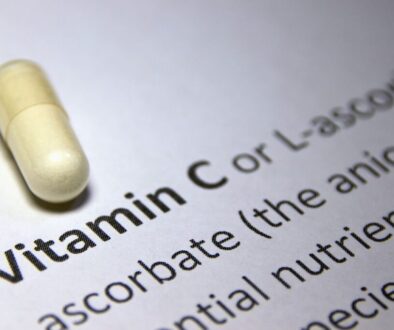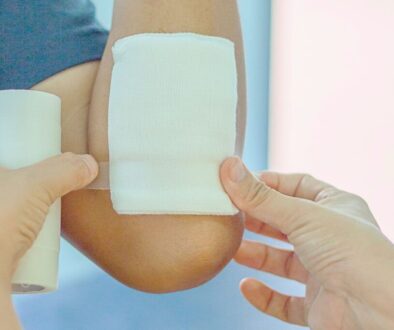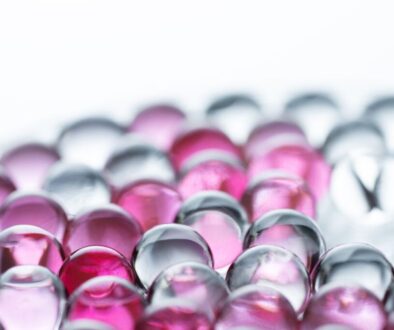Experts’ Advice On Healing Non-Healing Wounds
Dealing with a wound that just doesn’t seem to heal? You’re not alone. Most wounds heal with proper care. However, some stay open and stubborn despite your efforts. These are called non-healing or chronic wounds. They can be frustrating and challenging to manage. Understanding the process of healing non-healing wounds is key to finding relief and promoting recovery.
What Are Non-Healing Wounds?
Non-healing wounds are injuries that don’t heal within four to six weeks, even with proper medical care. They stay open and show little to no improvement. If untreated, they can lead to infections or mobility issues.
Key Signs Of Non-Healing Wounds
- Persistent redness, swelling, or inflammation
- Signs of infection, including discharge or unpleasant odor
- Lack of noticeable improvement over several weeks
- Minimal or absent growth of new skin
Being familiar with these symptoms early is crucial to prevent complications and ensure effective treatment.
When Is A Wound Considered “Non-Healing”?
A wound is categorized as “non-healing” if it fails to develop through the typical phases of healing within four to six weeks. These stages include inflammation, tissue formation, and remodeling. If there’s no improvement or the wound worsens, it could signal an issue. Possible causes include infection, poor circulation, diabetes, or other health conditions.
If ignored, non-healing wounds can cause complications. It’s essential to consult a healthcare professional. They can pinpoint the cause and suggest suitable treatment options.
Common Causes Of Non-Healing Wounds
Wounds that refuse to heal can result from a variety of underlying factors. Here are the most common causes:
Underlying Medical Conditions
- Diabetes: Elevated blood sugar levels can impair the blood vessels and nerves, hindering the body’s healing ability.
- Poor circulation: Peripheral artery disease limits blood flow, reducing oxygen and nutrients to wounds and slowing recovery.
- Immunosuppression. A weakened immune system can slow wound healing, and this may be due to medical conditions or treatments.
Infection And Inflammation
Persistent infections stall healing and can result in severe complications, such as abscesses or sepsis.
Nutritional Deficiencies And Lifestyle Habits
A lack of nutrients like protein, vitamin C, and zinc can slow healing. Smoking harms the body’s ability to repair itself. Excessive alcohol makes it even worse. These factors disrupt tissue regeneration and recovery, making healing even more challenging.
Improper Wound Care Or Repeated Trauma
Improper wound cleaning or incorrect dressing techniques can worsen the wound’s condition. Repeated trauma can delay healing, and pressure or friction can make recovery more difficult.
Knowing these factors is crucial for effective wound management and repair.
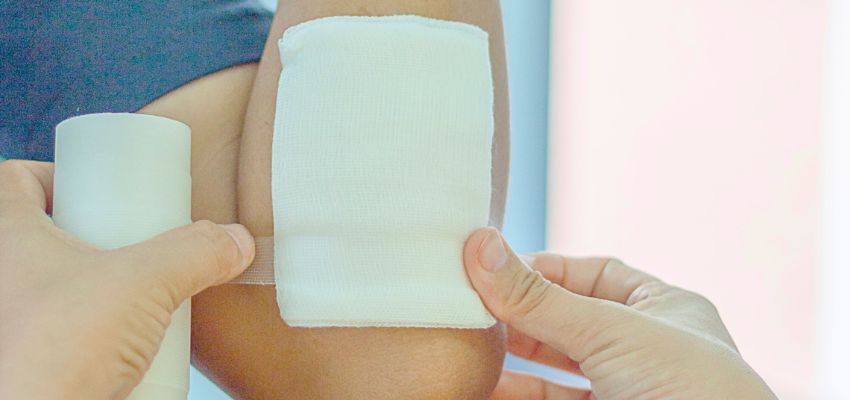
Types Of Non-Healing Wounds
Non-healing wounds can take many forms, each with distinct causes and characteristics:
- Diabetic Ulcers. These ulcers are common in people with diabetes. They’re caused by nerve damage and poor blood circulation, which makes healing harder.
- Venous Leg Ulcers. Caused by poor vein function, these wounds develop when blood pools in the lower legs, leading to skin breakdown and persistent sores.
- Pressure Ulcers. These wounds form from prolonged pressure on the skin and are common in immobile or bedridden people.
- Non-Healing Surgical Wounds. Surgical incisions may not heal correctly. This can happen due to infections, weak immunity, or other complications.
- Traumatic Wounds. Deep injuries from accidents or trauma may resist healing, especially when not treated promptly or if infection occurs.
Each non-healing wound needs specific care. Treatment focuses on the cause to support recovery.
Effective Treatments For Chronic Wounds
Healing non-healing wounds often requires tailored, expert care. Here are some of the most effective approaches:
Wound Debridement
A process that removes dead or damaged tissue to support faster healing and reduce the risk of infection.
Hyperbaric Oxygen Therapy
A treatment where you inhale pure oxygen in a pressurized chamber. It boosts healing by increasing oxygen flow to the wound.
Advanced Wound Dressings
Hydrocolloids and foam dressings use innovative materials. They create a moist environment that promotes rapid healing.
Medications
Topical antibiotics help prevent infections. Growth factor-based therapies stimulate tissue regeneration. Together, they support recovery.
Compression Therapy
This technique is commonly used to treat venous leg ulcers. It improves blood circulation and speeds up healing.
Amniotic Tissue Allografts
Amniotic tissue allografts from DonorCure support healing with a biologically active wound covering. They are packed with growth factors, collagen, and regenerative proteins. These grafts reduce inflammation, promote cell migration, and accelerate tissue regeneration. They are an effective option for chronic wounds.
These treatments are vital for healing chronic wounds. They offer hope for faster recovery and improved quality of life.
Tips To Prevent Wounds From Becoming Chronic
Prevention is key when it comes to proper wound care. Follow these practical steps to promote healing and reduce the risk of complications:
- Keep wounds clean and covered adequately with appropriate dressings.
- Maintain a balanced diet of proteins, vitamins, and minerals to support recovery.
- Effectively manage underlying health conditions, such as diabetes or circulatory issues.
- Avoid smoking and cut down alcohol consumption, as both can hinder the healing process.
- Monitor for indications of infection, including increased redness, swelling, or unusual discharge.
Taking these proactive measures can help ensure wounds heal properly and avoid chronic complications.
Frequently Asked Questions
When should you see a doctor for a non-healing wound?
Consider consulting a doctor if your wound:
- Shows no improvement after a week.
- Displays persistent redness, swelling, or pus.
- Causes severe pain or emits a foul odor.
- Bleeds excessively or exposes deep tissues.
Can chronic wounds heal on their own?
Chronic wounds often require medical intervention. They rarely heal independently, especially if tied to other health conditions. Seeking timely treatment is crucial to prevent complications and promote faster recovery.
What are the most effective treatments for non-healing wounds?
The most effective treatment will depend on the type of wound and the underlying cause. Your doctor may recommend treatments like debridement or advanced dressings. Amniotic tissue allografts from DonorCure can also help. Therapies like hyperbaric oxygen are highly effective, especially with personalized care plans. Addressing contributing factors, such as high blood sugar, is also essential for healing.
How can you prevent wounds from becoming chronic?
Proper wound care from the outset is key to preventing chronic wounds. Keep wounds clean, avoid unnecessary pressure or injury, and treat infections promptly. If you have diabetes, monitor for signs of poor healing and seek medical attention early when needed.
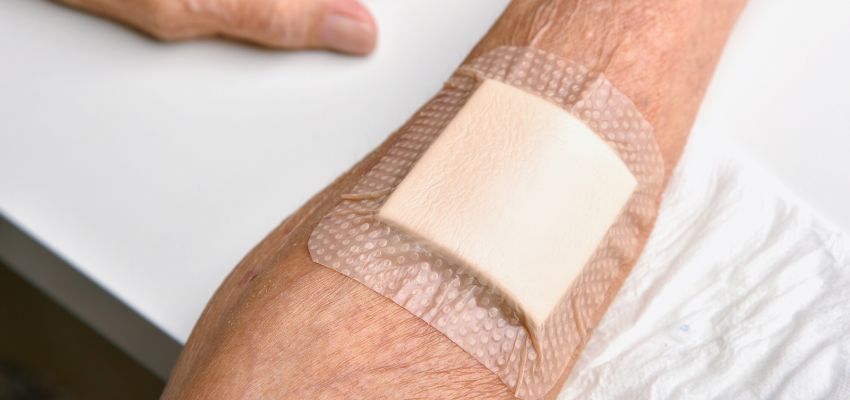
Healing Starts With The Right Support
Recovering from a non-healing wound takes more than basic care—it requires understanding what’s slowing your body’s recovery. Whether it’s an underlying condition, poor circulation, or improper care, tackling the root cause is key to healing. Early intervention is key to healing non-healing wounds, preventing complications, and promoting effective recovery. Start your healing journey by consulting a qualified specialist.
Explore regenerative healing options like amniotic tissue allografts from DonorCure. Visit their site to see how advanced biological therapies help people recover faster and more effectively.
Heal Ulcers, Burns, & Surgery Wounds With Break-Through Amniotic Allograft Treatments
Experience the future of wound care with our advanced amniotic allograft treatments. Say goodbye to slow healing. Our innovative solutions promote faster recovery from pressure wounds, ulcers, burns, and surgical wounds. Trust the power of science for your healing journey. Regain your comfort and health today! See if you are eligible for treatment here.

About The Author
Corinne Grace is a full-time writer living in the Philippines. She has a nursing degree from Riverside College. Her background in nursing informs her perspective, allowing her to weave in themes of health, empathy, and resilience into her work.

